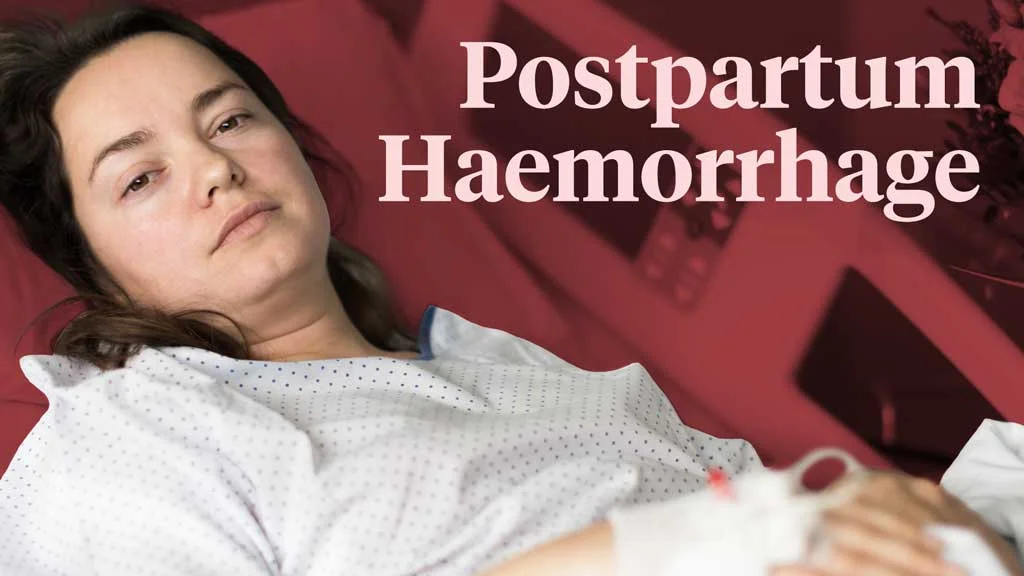Gynaecologists have warned that a significant number of maternal deaths in Nigeria can be prevented if women reduce the number of children they bear. These maternal health specialists emphasized that each pregnancy poses a potential health risk, and having multiple children substantially increases those risks. They noted that complications such as haemorrhage—excessive bleeding—remain the leading cause of death for women after childbirth and occur more frequently among women with high parity (multiple births).
Health Risks Multiply with Every Child
According to the experts, every pregnancy and childbirth places immense stress on a woman’s body. Dr. Joseph Akinde, a consultant obstetrician and gynaecologist, explained that repeated pregnancies gradually weaken the uterus. He stated, “Each time a woman gets pregnant, the uterus expands and contracts after delivery. Over time, this ability to contract becomes weaker, leading to complications like postpartum haemorrhage.” He warned that when this condition is not quickly managed, it can result in death.
Dr. Akinde, a former Chairman of the Society of Gynaecology and Obstetrics of Nigeria (SOGON), Lagos chapter, stressed that too many pregnancies can lead to “burnout syndrome” in women. He said that both the psychological and physical demands of childbearing take a toll on mothers, especially in environments where access to quality healthcare is limited.
Chronic Illness and Pregnancy: A Dangerous Mix
The dangers associated with pregnancy are even more severe for women living with chronic diseases such as hypertension, diabetes, stroke, heart conditions, and cancer. Dr. Akinde explained, “Pregnancy naturally puts pressure on the body. For a woman with a pre-existing condition, that pressure can be fatal.” He likened it to “pouring petrol on a burning house,” stating that pregnancy often worsens these conditions and can quickly lead to death.
He advised that women with such health issues should limit the number of children they have—preferably no more than two or three. Furthermore, he urged these women to begin antenatal care early and to do so in well-equipped hospitals with access to skilled medical personnel.
Poor Spacing Between Pregnancies Adds to the Danger
Another factor contributing to maternal deaths, according to gynaecologists, is inadequate spacing between pregnancies. The physicians explained that when pregnancies occur in quick succession, a woman’s body doesn’t have enough time to replenish vital nutrients like iron and folate. This leads to poor recovery from childbirth and makes subsequent pregnancies riskier.
Dr. Stanley Egbogu, a consultant obstetrician and gynaecologist at Nnamdi Azikiwe Teaching Hospital, Anambra State, warned that women with co-morbidities such as asthma, sickle cell disease, and heart conditions should avoid primary healthcare centres (PHCs) for antenatal services. He said, “These women require specialist care, which only teaching or specialist hospitals can provide. Managing high-risk pregnancies at PHCs increases the chances of losing either the baby, the mother, or both.”
Most Nigerian Women Still Deliver at Home
Despite these risks, statistics show that approximately 80 percent of women in Nigeria still deliver at home or in facilities without skilled birth attendants. This lack of professional care significantly worsens pregnancy outcomes and contributes to the country’s high maternal mortality rate. The 2018 National Demographic and Health Survey (NDHS) placed Nigeria’s fertility rate at 5.3 births per woman—one of the highest in the world. The same survey also revealed a maternal mortality ratio of 512 deaths per 100,000 live births.
WHO and SOGON Highlight Preventable Causes
The World Health Organization (WHO) states that most complications leading to maternal deaths are either preventable or treatable. These include severe bleeding (especially after delivery), infections, high blood pressure during pregnancy (pre-eclampsia and eclampsia), delivery complications, and unsafe abortions. WHO emphasizes that complications often exist before pregnancy and worsen if not properly managed during the prenatal period.
SOGON, the country’s top professional body for gynaecologists, has acknowledged that Nigeria is still far from achieving the maternal health goals outlined by the United Nations Sustainable Development Goals (SDGs). According to the organization, the country’s current maternal mortality ratio of 512 per 100,000 live births is nowhere near the SDG target of 70 per 100,000 by the year 2030.
Need for Urgent Policy and Community-Level Action
In light of the grim statistics, maternal health experts are calling for stronger policies that promote access to quality healthcare for all women, particularly those with high-risk pregnancies. They also advocate for robust public health education campaigns to raise awareness about the importance of birth spacing and limiting the number of pregnancies.
Dr. Akinde emphasized that maternal deaths are not inevitable. “With the right medical care, education, and family planning, we can significantly reduce these deaths,” he concluded. Similarly, Dr. Egbogu urged women and families to prioritize maternal health by seeking care from qualified medical professionals and understanding the risks involved with each pregnancy.
Conclusion
As Nigeria continues to grapple with one of the highest maternal mortality rates in the world, experts have made it clear: limiting the number of pregnancies, improving access to skilled healthcare, and managing chronic illnesses are key to reversing this deadly trend. Until more women gain access to quality maternal care and proper health education, childbirth in Nigeria will remain a dangerous undertaking.












